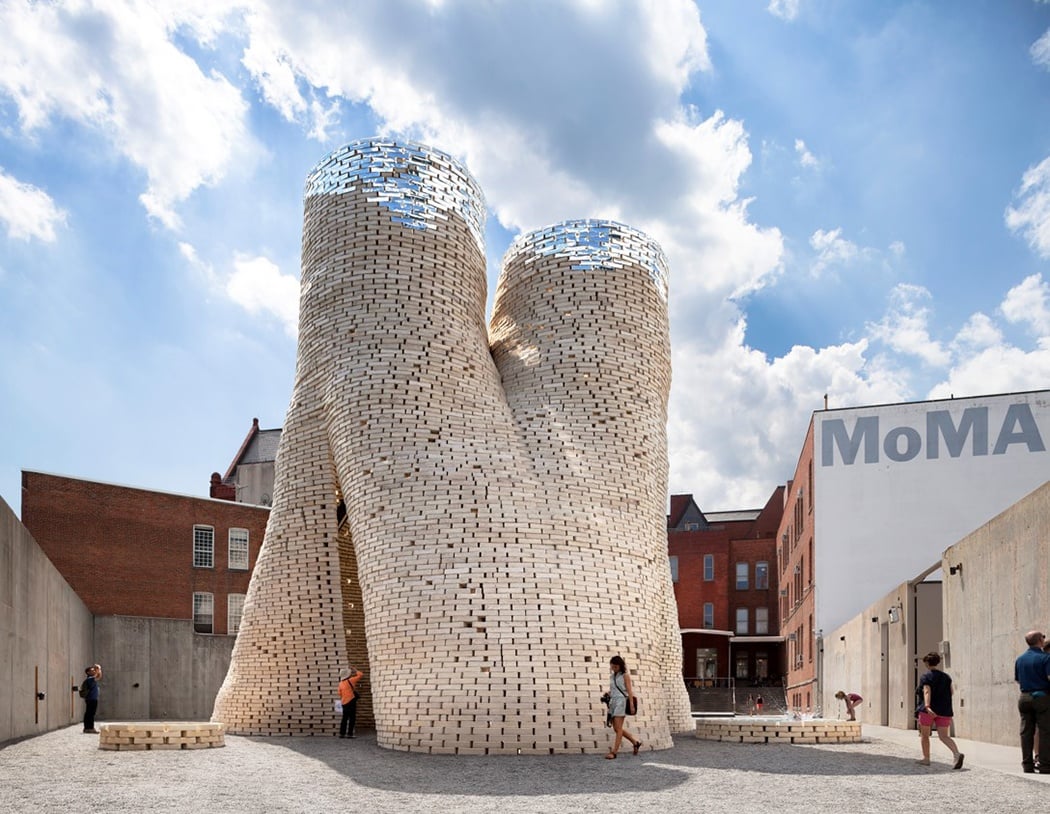More Eco-Friendly Construction with Advanced Building Materials
Our Mother Earth is not doing great lately, and it’s mostly our fault. People have been abusing resources, polluting the environment and giving nothing in return for centuries. Now is our last chance to forget about our old ways and become eco-friendly and sustainable. In order to do so, we don’t need to return to living in caves, but we only need to shift our construction methods to a more eco-friendly path. So, if you also want to help save the planet, here are some of the best ’green’ construction materials with an exciting future.

Recycled steel
Wooden beams are a thing of the past. Modern builders are rapidly switching to customized recycled steel beams and panels that are more durable (which is especially useful in areas prone to strong winds and earthquakes) and much more eco-friendly. It’s estimated that an average house requires between 40 and 50 trees to build, while a frame from recycled steel only requires a material amount that equals to about 6 scrapped cars.
Natural insulation
Insulation is also getting more natural. Green insulating foams made of bamboo, kelp, hemp and recycled PET are already used for different types of insulation. Some of these foams offer great moisture resistance, as well as great insulation and almost zero air pollution.
Wood and plastic composites
If you recycle plastic bags, one of them might end up as a part of your eco-friendly home. Wood and plastic composite lumber is a 50-50 combination of recycled plastic and wood fibers, and it’s a perfect material for deck building or outdoor playgrounds. This material is much more durable than wood alone, but also more rigid than pure plastic. It’s also much less toxic than plastic, and it helps clean out garbage dumps of millions of plastic bags.

Rammed earth
There’s nothing more Earth-friendly than the earth itself, so many builders are going back to old building techniques of ramming earth. Using this technique, walls can be created from nothing more than tightly tamped down dirt put in wooden forms. Even though this green method of building isn’t exactly an innovation, it certainly is coming back on the construction map. Most construction contractors in Australia are opting for precast rammed earth, handling it requires finding a company that offers crane hire in Sydney, but the final product is truly amazing.
Bamboo
Bamboo is another old building material that’s becoming more and more popular and for all the right reasons. Bamboo has many properties perfect for modern building, such as strength, light weight and renewability. This practical building material can completely replace heavy, imported materials and provide a good alternative to concrete constructions, especially in areas rich in locally-harvested bamboo.
Mycelium
Mycelium might sound like something straight out of a sci-fi movie, but actually, it’s nothing more than dry roots of fungi and mushrooms. It’s completely natural since most of the work is done by fungi themselves. Mycelium can grow around and in between other natural materials put in molds, and after the mold air-dries, we get lightweight, strong and natural bricks ready for building.

Fire-resistant materials
The demand for non-flammable building materials is rising, especially in areas prone to bushfires such as Australia. However, scientists have managed to create a natural fire-resistant insulating material made of fibres of the seagrass called Posidonia Oceanica (also known as Neptune Grass). This seagrass has a very low impact on the environment, is non-flammable, resistant to mold and suitable for both thermal and acoustic insulation. There are also fire-resistant options for building exteriors. Wall coverings made of cost-effective non-combustible cladding systems are lightweight, easy to install and come in a variety of colors.
Ferrock
This new material is made out of recycled steel dust leftover from the steel industry. It is used to create a building material similar to concrete, but stronger and more eco-friendly. The highlight of this material is its ability to absorb and trap CO2 during the drying process, which makes it not only CO2-efficient but actually CO2-neutral.
Low-E windows
Low-E windows (the E stands for emissivity) are windows made with a clear coating of metallic oxide which stops the heat from escaping the building in the winter and entering in the summer. The reason this material isn’t used more often is its price. These windows cost 10 to 15% more than regular ones, which pushes away many buyers. However, low-E windows can reduce your heating costs up to 20%, which means they can actually save money.
If both construction industry and buyers make a shift towards eco-friendly building materials, we will all have a much brighter and greener future.



0 Comments
Recommended Comments
There are no comments to display.